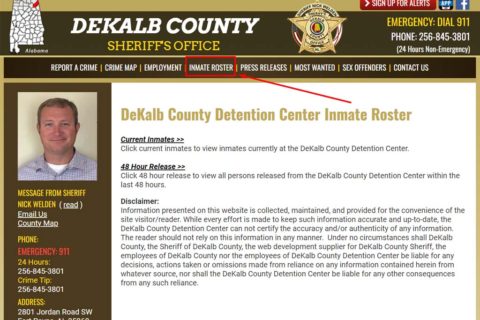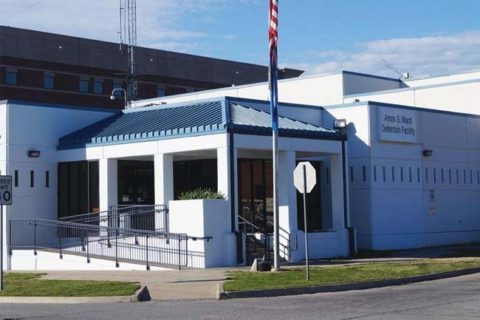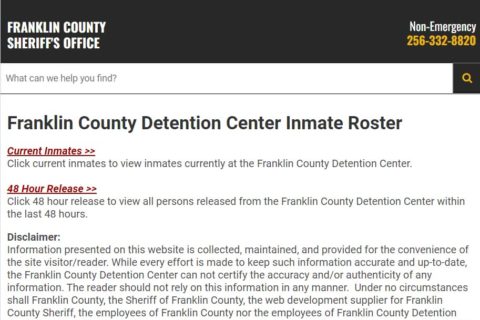Some people may think that prison and jail are the same. However, actually these are different. So, what is the difference between prison and jail in the USA? You are able to read about the difference between prison and jail below according to some online sources.
-
- Merriam-Webster
According to the Merriam-Webster site, jail is able to be used to describe a place for those awaiting trial or held for minor crimes. Meanwhile, prison is a place for criminals who are convicted of serious crimes. Prison is defined by that site as a place of confinement especially for lawbreakers and jail is defined as a place of confinement for people held in lawful custody. - Prison Fellowship
According to the Prison Fellowship site, jail is usually a local facility under the jurisdiction of a city, local district, or county. Usually, jail is a short-term holding facility for the newly arrested and people who are awaiting trial and sentencing. People who are sentenced to serve a small amount of time, usually less than a year, may be housed in the local jail for the duration of their sentence. How about prison? On that site, prison is defined as an institutional facility under the jurisdiction of the state or federal government where convicted offenders serve longer sentences. If there are people who have been found guilty of breaking a state law, they are usually sent to a state prison. And if there are people who have violated federal laws, they are usually sent to federal prison which is located somewhere in the U.S. Some states have jails and prisons that are operated privately by a corporation. - HG Legal Resources
According to the HG Legal Resources site, the fundamental difference between jail and prison is in the length of stay for inmates. Usually, jail is run by local law enforcement and/ or local government agencies and it is designed to hold inmates who are awaiting trial or serving a short sentence. Often, jail runs work release programs and boot camps, and some of them even offer educational, substance abuse, and vocational programs. These programs are created to help inmates change their lives and improve themselves so that they are able to have a better chance of avoiding a return visit. Not only that, the programs can also keep the inmates occupied and less likely to cause problems for jailers. How about prison? On that site, it is explained that prison is usually operated by a state or government or the Federal Bureau of Prisons (BOP). Prison is designed to hold people who are convicted because of more serious crimes, usually any felony. Different programs are offered to inmates in prison depending on the level of custody of the inmate. A prison is designed for long-term incarceration. So, it is better developed for the living needs of the populations. Meanwhile, since a jail tends to have more transient populations, so the facility is less well-developed. - Doran Justice Law Firm
According to the Doran Justice Law Firm site, a jail is usually operated by the county government under the county sheriff’s jurisdiction. A jail serves a smaller population than a prison and a jail is designed for shorter stays. On that site, it is also explained that Arizona has a lot of jails, at least one in each county. Smaller holding facilities are also available where these are still considered as jails and they are operated by municipal governments. The facilities are usually used to hold people for a few hours or days before they are sent to a larger jail. In a certain time, jails become home to two different populations. The first population consists of people who have been convicted of relatively minor crimes like misdemeanors or violating their probation. The second population is innocent people. Mostly, people who are held in jails are in the pre-trial stage and have been denied bail or cannot pay. Now, how about a prison according to that site? On the Doran Justice Law Firm, it is explained that a prison is reserved for people who are convicted of felonies. A prison is usually much larger than a jail and a prison is usually operated at the state or federal level. There are some prisons which are owned privately and in Arizona, there are 16 prisons where 6 prisons are owned privately. Even though prisons are not pleasant places, but they offer more services to their population. A variety of education such as GED courses are provided by prisons. In prisons, inmates are also able to move more freely throughout prisons. In prisons, inmates have jobs that they have to complete and are allocated time in a large, outdoor yard. - Ruane Attorneys At Law
According to the Ruane Attorneys At Law site, it is explained that the big difference between a jail sentence and a prison sentence is the amount of time spent in each place. A jail is a place that you will go if you are serving a short-term sentence. Jails are run by local government agencies or sheriffs. You will be held in jail if you are awaiting your bail hearing, or if you could not post bail and are waiting for your trial. You could also serve the sentence in a jail if you are serving a short sentence, most times a year or shorter. On that site, prisons are defined as places which are meant to hold inmates who have committed more serious crimes. Usually, prisons are for inmates who have been sentenced for longer periods of time. Prisons are operated by the Federal Bureau of Prisons and other government agencies.
- Merriam-Webster
Types of Prisons
According to the Federal Bureau of Prisons that is also explained on the Your Dictionary site, prisons come with different levels of security including:
-
- Minimum security prisons
These prisons are for the lower risk prisoners. In these prisons, the officer is lower to inmate ratio and it is usually a dorm-style housing. - Low security prisons
In these prisons, there are additional officers and perimeter fences. - Medium security prisons
These prisons are cells with more staff. These are also fenced and guarded perimeters, and there are internal controls on prisoners. - High security prisons
These prisons control inmate movement such as when they are exercising, eating and talking. There are fences and walls, a lot of cells, and designed for high-risk prisoners.
- Minimum security prisons

A bookworm and researcher especially related to law and citizenship education. I spend time every day in front of the internet and the campus library.




